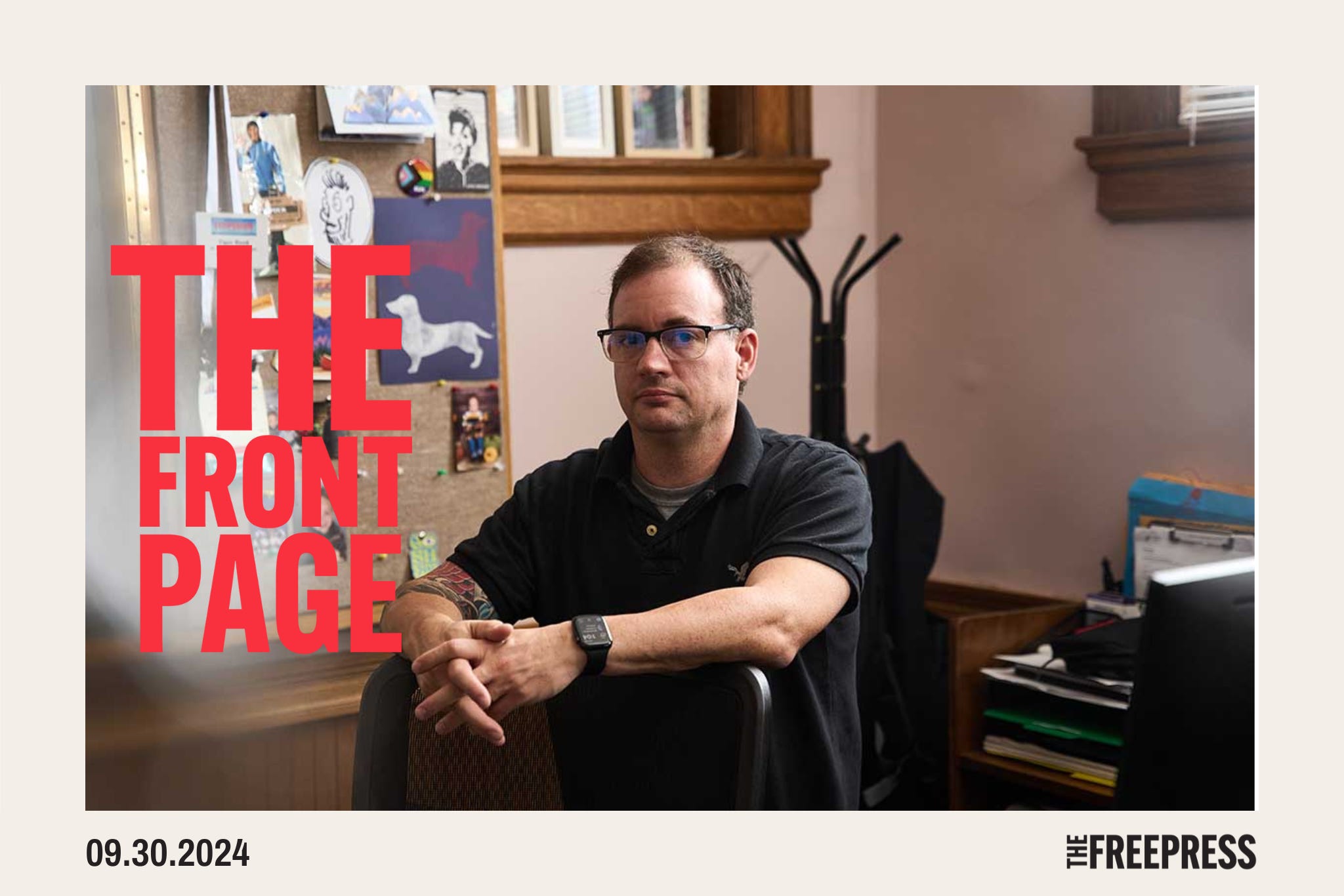A new U.S. nuclear energy age may be dawning after years of false starts and dashed hopes.
Why it matters: The data centers powering the AI revolution have an insatiable thirst for energy. Major stakeholders — in Washington, Silicon Valley and beyond — see nuclear energy as one of the answers.
Driving the news: The Energy Department announced this morning it had finalized a $1.5 billion loan to stake the revival of the Holtec Palisades nuclear plant in Michigan. It'd be the first American nuclear plant to be restarted.
- The news comes a week after tech giant Microsoft and Constellation Energy unveiled a $1.6 billion power purchase deal to restart a dormant reactor at Pennsylvania's Three Mile Island plant in 2028.
- At Climate Week in New York, 14 of the world's biggest banks and financial institutions pledged to support the COP28 climate goal of tripling global nuclear energy capacity by 2050.
The big picture: U.S. electricity use is soaring after staying flat for 15 years, driven by new factories, data centers, electric vehicles, hotter summers, and more.
- A new Energy Department memo about the "resurgence" in U.S. nuclear power cites analysts projecting that up to 25 gigawatts of new data center demand could arrive on U.S. grids by 2030.
- Placing those power-thirsty data centers near existing nuclear plants is an "ideal solution" because it reduces the need for billions of dollars in grid upgrades, the memo states.
The intrigue: OpenAI pitched the White House this month on a plan to build multiple 5 gigawatt data centers — each requiring the equivalent output of five nuclear plants — across the U.S., Bloomberg reports.
- Other tech giants are exploring nuclear in one form or another, including Google, as the company's head of energy market development revealed on the latest Energy Gang podcast.
- And there are signs the movement is bipartisan: Former President Trump has spoken in favor of nuclear energy expansion, specifically citing AI's massive power demands.
Zoom out: Nuclear's share of U.S. electricity has remained at roughly 20% or a little less for 30+ years.
- New construction basically halted decades ago — thanks largely to the 1979 partial meltdown at a Three Mile Island reactor next to the unit Constellation hopes to revive.
- New subsidies in President Biden's Inflation Reduction Act and bipartisan infrastructure law are additional tailwinds to nuclear expansion.
Zoom in: Several kinds of proposals are flying around. In addition to power giants reviving big existing plants, startups are trying to deploy new nuclear tech.
- Examples include a pair of Energy Department-backed concepts. The Bill Gates-led TerraPower has begun preliminary phases of building a sodium-cooled fast reactor in Wyoming.
- Small modular reactor startup X-energy plans to deploy units that would power a Dow industrial site in Texas by 2030.
- Nuclear startup Oklo, backed by OpenAI CEO Sam Altman, finalized a deal with the Energy Department last week to carry out site inspections for its proposed small nuclear reactor in Idaho.
Reality check: Past hopes for a "nuclear renaissance" have fizzled.
- A wave of proposals in the mid-2000s was mostly abandoned, thanks partly to the fracking boom that brought cheap natural gas.
- The one mega-project that did proceed in recent decades, Southern Company's two new reactors at Georgia's Vogtle plant, ran massively over budget.
Startups looking to build small modular reactors also face financial hurdles, driven home with the collapse of an Idaho project last year.
- There's skepticism about costly new projects coming to fruition amid the rise of wind and solar and batteries — and gas remaining plentiful.
- Even with expanding federal support, some analyses — albeit before the most recent announcements — see little to no new U.S. nuclear projects arriving over the next decade or longer.
- So it's possible the latest nuclear push could yield revival of some offline plants and greater output from the ones already running, but fail to bring new U.S. reactors.
What they're saying: Columbia University nuclear expert Matt Bowen tells Axios he's on the "verge of being optimistic" about new projects.
- But he notes the ease of building lower cost gas plants, and says it will take more than Big Tech to drive a major expansion.
What we're watching: Whether any utility giants announce plans for the first massive, gigawatt-scale reactors since the Vogtle project.
- Another trend to watch is moves to extend the licenses and delay closures of currently operating plants, like California's Diablo Canyon.
The bottom line: It's the most hopeful moment for U.S. nuclear power in a very long time.




